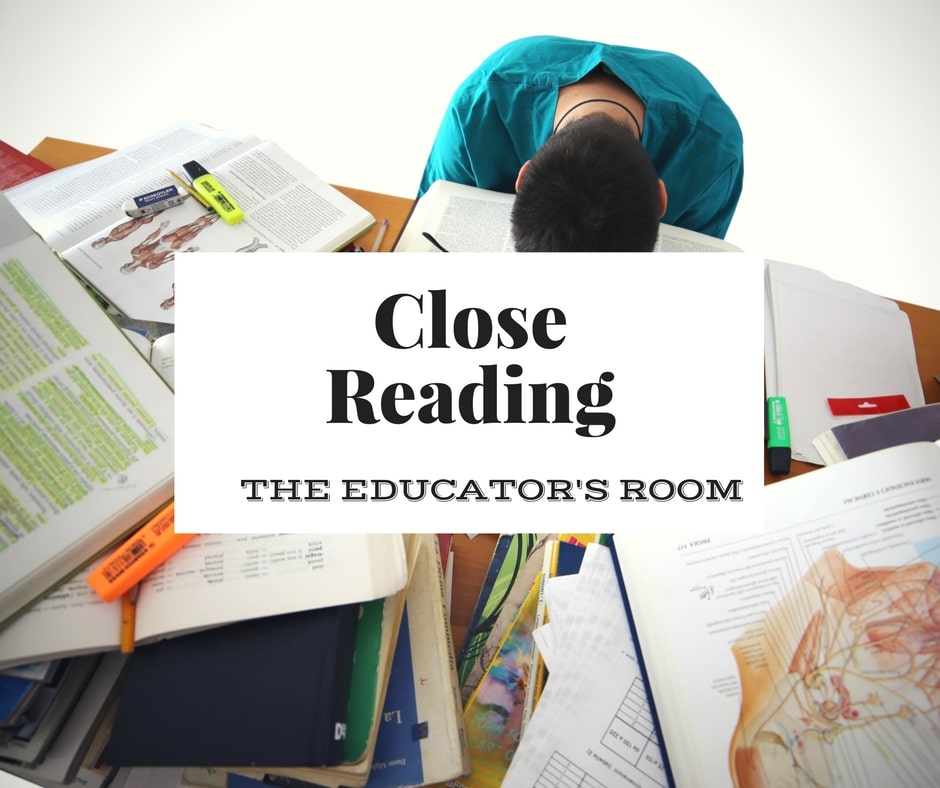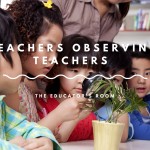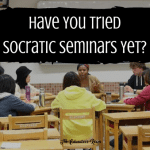This is the final post in the Close and Critical Reading (CCR) Series. If you want to catch up:
The first post defines what CCR is and why all teachers should be using it to instruct their students in reading.
The second post discusses the importance of teaching summary.
The third post examines why it is important for students to analyze a writer’s craft.
And the fourth post explains why/how to teach students to infer while they are reading.
This fifth–and last–post and it answers the question So What? This question’s purpose is to have students think about connections they can make from the text to themselves and to society and/or their culture.
The idea behind CCR is that students are moving up Bloom’s Taxonomy as they answer the four questions. By the time they get to this final question, they are being asked to evaluate the piece based on their own experiences plus think of the implications on society. This is much tougher for students than it would seem depending on what the text in front of them is about. Many students look at only at the surface-level of the piece, and have a hard time finding a connection to themselves.
For instance, if my students read a nonfiction essay about a boy losing his mother to breast cancer, some students may claim there is no connection to them because they don’t have anyone they know who has died of cancer. They may also go on to say, “this essay could connect with others, though, who have gone through this.”
While not completely wrong, it’s not what we are looking for when we ask students “So what?”
[fusion_builder_container hundred_percent=”yes” overflow=”visible”][fusion_builder_row][fusion_builder_column type=”1_1″ background_position=”left top” background_color=”” border_size=”” border_color=”” border_style=”solid” spacing=”yes” background_image=”” background_repeat=”no-repeat” padding=”” margin_top=”0px” margin_bottom=”0px” class=”” id=”” animation_type=”” animation_speed=”0.3″ animation_direction=”left” hide_on_mobile=”no” center_content=”no” min_height=”none”][bctt tweet=”It’s totally fine for students to make surface-level connections, but we want them to go beyond that as well”]. In question #3, they are asked to infer meaning and purpose; they idea is that students will be able to make connections to that purpose.
To use the same example of the boy who’s mother died of breast cancer, perhaps students inferred that the purpose of the essay was to show that strength can be found even during hard times. Even though many students may not have lost a parent (or any loved) to cancer, they should be able to make the connection of finding strength during a hard time.
The CCR questions are all related to each other in this way. In order for students to be able to infer (Q3), they need to know what they read (Q1). In order for them to connect (Q4), they need to be able to infer meaning (Q3). In order to understand the writer’s craft (Q2), they need to understand purpose (Q3).
[bctt tweet=”In my classes, I teach inference and connections together. “]Because my students participate in Reader’s Workshop, they are all reading their own books. At least once a week, they have the prompt for their Reader’s Notebook to talk about why they think the author of their chosen book wrote the book. They are also asked to connect to either the plot, the characters, or the purpose of the book. In their Notebooks, we banter back and forth about their books and what they think and how they relate.
We also do this during partner and full class discussion on the class novel we read. Students are also making connections from the full-class text to their individually chosen book.
[bctt tweet=”The more students practice the four areas of Close and Critical Reading, the deeper their reading comprehension will be not just for English class”], but across the curriculum and into their every day lives as well. I have found that my students who excel at CCR in my class, have also started applying the same sort of thinking to things they read on the internet and movies, news, and shows they view in their own time. They are looking at not just texts more critically, but the world around them as well.
 [/fusion_builder_column][/fusion_builder_row][/fusion_builder_container]
[/fusion_builder_column][/fusion_builder_row][/fusion_builder_container]






Thank you so much for this most helpful series, especially the goal of guiding students to make connections from their texts to situations beyond the classroom . . . to life.